Business in Vietnam, Saigon. Vietnamese Economy
Vietnamese Foreign Trade. Saigon Port (Vietnam), Logistics. Buddhism

The Socialist Republic of Vietnam
- Vietnam is a Frontier Market
- Today, Vietnam is considered to be the less attractive market of ASEAN-4 and China
- The old centrally-planned Economy of Vietnam was replaced by the new socialist-oriented market Economy
- Introduction to Vietnam
- Doing Business in Saigon
- Vietnamese Economy
- Doi Moi Reform
- International Trade of Vietnam
- Transport and Logistics
- Case Study: Vietnam’s Textile Industry and Foreign Trade
- Investment in Vietnam
- Case Study:
- Mobilfone
- Zamil Steel
- Access to the Vietnamese market
- Business Plan for Vietnam
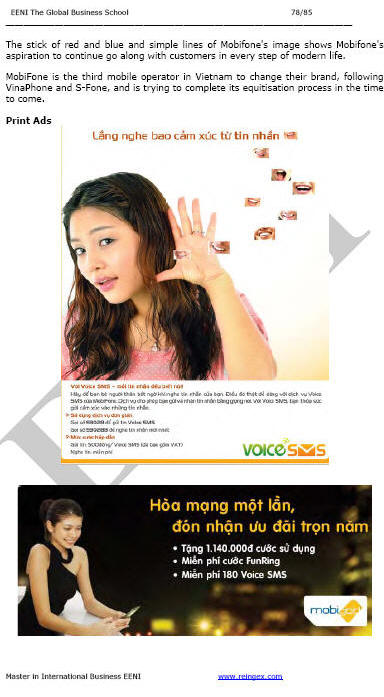

The educational aims of the Subject “Foreign Trade, Logistics and Business in Vietnam” are:
- To analyze the Vietnamese Economy, Logistics and Global Trade
- To conduct research on business opportunities in Vietnam
- To explore the Vietnamese trade relations with the student's country
- To learn about Vietnamese Trade Agreements
- To examine the profile of Vietnamese companies
- To develop a business plan for the Vietnamese market

The Subject “Foreign Trade, Logistics and Business in Vietnam” is included within the curriculum of the following academic programs at EENI Global Business School:
Masters: International Business, Foreign Trade.


Masters adapted to  Vietnamese students.
Vietnamese students.
Course: Taoism, Confucianism & Business.
Languages:  (or
(or  Vietnam
Vietnam  Vietnam).
Vietnam).
- Subject Credits “Doing Business in Vietnam”: 2

International Trade, Logistics and Business in Vietnam
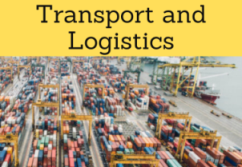
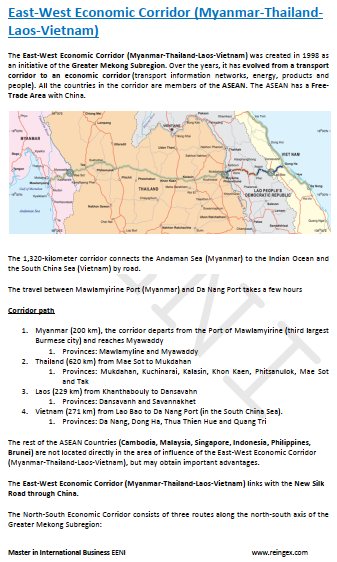
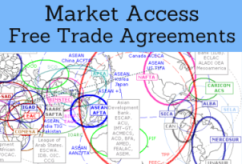
Vietnamese Market Access and Trade Agreements:
- Vietnam and the Buddhist Economic Area
- ASEAN
- ASEAN Free Trade Area
- ASEAN Economic Community
- Vietnam has trade agreements (as ASEAN Member) with Australia-New Zealand, Canada, China, India, the EU, Japan, Korea, Russia, the United States, Pakistan
- Mekong River Commission
- APEC
- Regional Comprehensive Economic Association
- Agreement for Trans-Pacific Partnership
- Mekong Economic Cooperation
- Laos-Vietnam Trade Agreement
- UK-Vietnam Free Trade and Economic Integration Agreement
- European Union-Vietnam Agreement
- Japan-Vietnam Agreement
- Eurasian Economic Union (EAEU)-Vietnam Agreement
- Russia-Vietnam Customs Union
- South Korea-Vietnam Agreement
- Chile-Vietnam Agreement
- Greater Mekong Subregion
- Global System of Trade Preferences
Sample: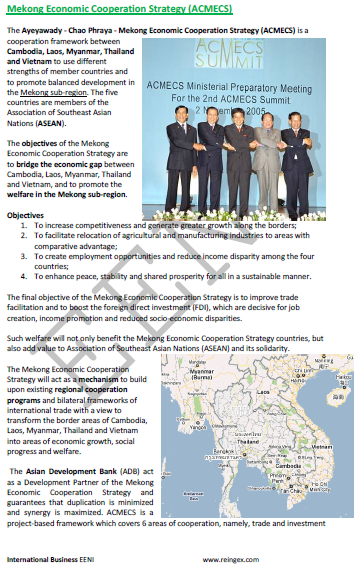

- World Trade Organization (WTO)
- Agreement on Sanitary and Phytosanitary Measures
- Agreement on Trade in Services (GATS)
- Agreement on Technical Barriers to Trade
- Agreement on Preshipment Inspection
- Agreement on Safeguards
- Trade Facilitation Agreement
- World Customs Organization (WCO)
- Kyoto Convention
- BIC
- Chicago Convention (ICAO)
- International Maritime Organization
- Organization for Cooperation between Railways (OSJD)

- Economic Commission for Asia (ESCAP)
- Asian Development Bank
- Asia Cooperation Dialogue
- Boao Forum for Asia
- Africa-Asia Partnership
- Forum for East Asia-Latin America Cooperation (FEALAC)

- United Nations
- World Bank
- World Trade Organization (WTO)
- International Monetary Fund
- World Customs Organization (WCO)
- Pacific Economic Cooperation Council
- Vietnamese Population: 91.7 million people
- Capital of Vietnam: Hanoi
- Largest Vietnamese city: Ho Chi Minh City
- Official language of Vietnam: Vietnamese
- Main ethnic group of Vietnam: Kinh (86%)
- Type of Government: One-party Socialist state
- Independence of Vietnam: 1945 (from France)
- Vietnamese Area: 332,698 km²
- Borders of Vietnam: China, Cambodia, Indonesia, Laos, Malaysia, Thailand and the Philippines
Main religion in Vietnam: Mahayana Buddhism (80% of the total Vietnamese population).
- 8 million Vietnamese are followers of Cao Dai
- Confucianism and Taoism influence
- Catholicism: 6 million people
- Vietnam has not an official religion

Vietnam belongs to Buddhist / Sinic Civilization.
Vietnamese Economy.
- Vietnam will be the 21st largest economy in the World by 2025
- The GDP of Vietnam is only 3% of China, 24% of Thailand, 29% of Indonesia, 38% of Malaysia or 42% of the Philippines
- In 1986, Vietnam set up the “Doi Moi reform policy.” Thenceforth, Vietnam has seen spectacular modifications
- The Vietnamese economy is based on a multi-sector model based on a market mechanism and state regulations
- Vietnamese GDP
- Agriculture: 19% of GDP
- Industry: 38%
- Services: 42%
- Vietnamese Currency: Dong (VND)
In 1993 was founded Vietnam Mobile Telecom services Company is a a state-owned company under Vietnam Posts and telecommunications corporation. Vietnam Mobile Telecom has become the first mobile telephony services provider in the brand name MobiFone, marking the beginning momentum of the mobile telephony industry in Vietnam.
In 1997 was founded Zamil Steel Vietnam Co., Ltd to design, manufacture and supply top quality pre-engineered steel buildings for use as factory buildings, warehouses, workshops, distribution centers...
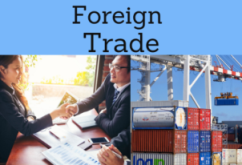
Vietnamese Foreign Trade.
- Top Vietnamese exports products are crude oil, textiles, footwear, fisheries products, and electronics products
- Largest export markets of Vietnam are the United States, Japan, China, Australia, and Singapore
- Main imports of Vietnam are machinery, refined petroleum, steel, and material for the textile industry
- Top Vietnamese import sources are China, Taiwan, Singapore, South Korea, Thailand, and Malaysia
- Saigon Port (port system of Vietnam Maritime sector) is the largest Foreign Trade port of Vietnam
(c) EENI Global Business School (1995-2025)
Top of this page








 WhatsApp
WhatsApp